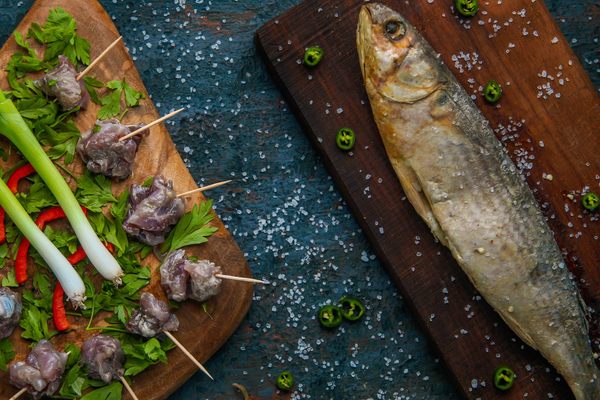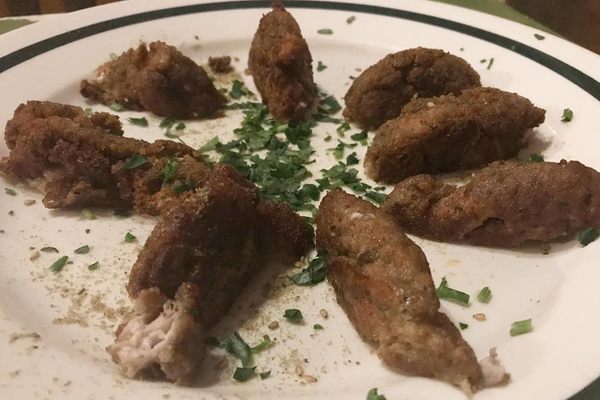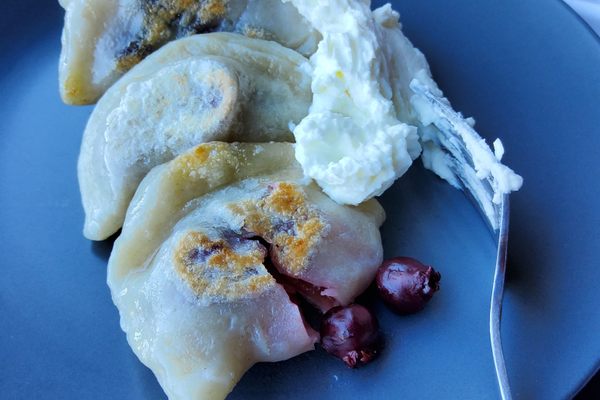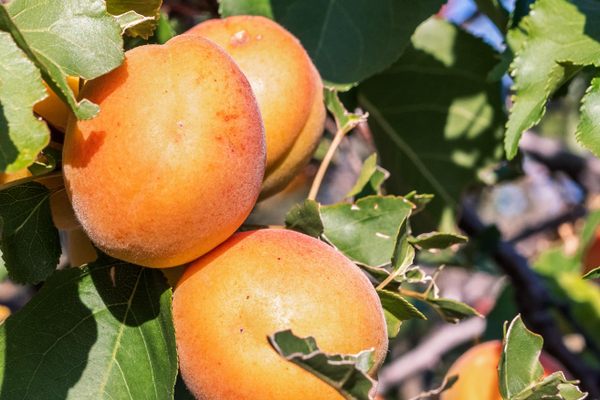Meats & Animal Products
Hamam Mahshi
Egyptian pigeons are raised in special towers, then stuffed and eaten.
One country’s pests are another country’s pleasure.
Pigeons have a reputation akin to rats in many cities, but Egyptians raise the birds in conical towers that dot cityscapes and countrysides. Mother birds nest in these dovecotes, fattening up their squabs with a nutritious secretion called crop milk. For hamam mahshi, Egyptians select the plumpest, six-week-old squabs. If they wait longer, the pigeons become too tough and muscular—the avian equivalent of veal becoming beef.
After plucking them from their towers, restaurant chefs and homemakers alike marinate and stuff the birds with rice or freekeh (toasted, cracked, young green wheat), onions, and chopped giblets. They spice up the filling with cinnamon, cumin, pepper, and nuts, then spit-roast or grill the whole bird. While Egyptians traditionally considered hamam mahshi a dish for special occasions, it’s not too hard to find on restaurant menus.
In the 17th century, Iranians also built pigeon towers, although they kept the birds for poop rather than food. Melon and cucumber farmers relied on the nitrogen-rich guano for fertilizer.
Today, Egyptians use pigeons for both purposes. Their squabs and guano help feed over 95 million people. But raising pigeons is no newfangled push for sustainability—ancient Egyptians left traces of pigeon stew on artifacts that date back to Pharaonic times.
Written By
 rachelrummel
rachelrummel
Sources
- www.atlasobscura.com/places/gahmr-delta
- www.atlasobscura.com/places/pigeon-towers-iran
- www.theatlantic.com/health/archive/2010/11/not-your-average-pigeon-in-search-of-an-egyptian-specialty/66387/
- books.google.com/books?isbn=076118306X
- books.google.com/books?id=FDAt0uVU7zYC&pg=PA185&lpg=PA185&dq=hamam+mashi&source=bl&ots=vnB00sjP95&sig=xy8nwoXBLsK8ZRn3RHDyTgFK8qQ&hl=en&sa=X&ved=0ahUKEwi3l4Lmp63XAhWJ0YMKHf7sCCEQ6AEISDAF#v=onepage&q=hamam%20mashi&f=false
















